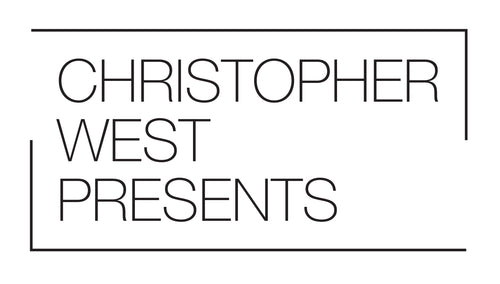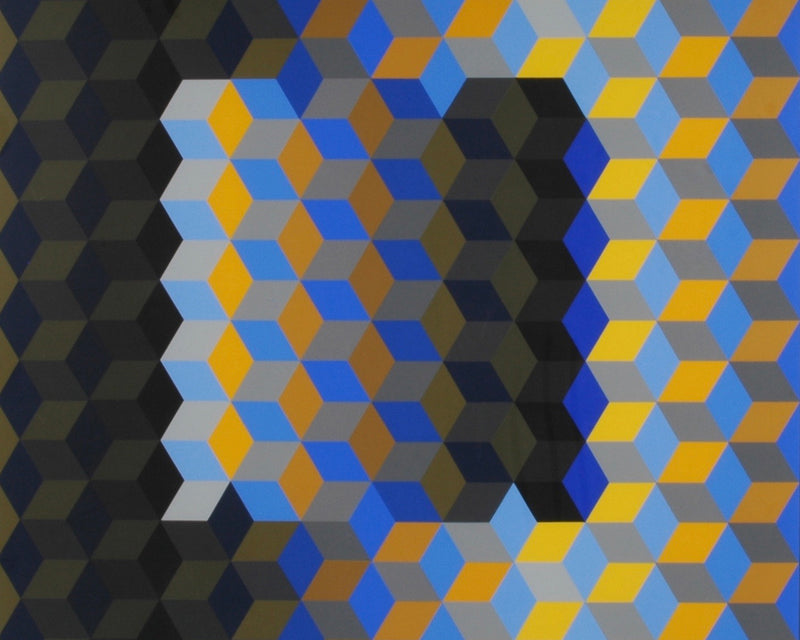
The term ‘Op Art’ (or Optical Art) was first coined by Time Magazine in 1964 in response to the exhibition Optical Paintings at the Martha Jackson Gallery. The term became synonymous with abstract art that uses optical illusions. It was an exhibition at MOMA in 1965 called The Responsive Eye that solidified Op Arts place in Art History.
Many trace the movement’s roots back to Futurism and Constructivism. I, however, find its comparisons to the Pop Art movement most compelling. Op Art took the bold colors of Pop and completely abstracted them - think Warhol’s paintings of Marilyn Monroe or Campbell’s Soup and remove the mass media imagery.
Victor Vasarely (of which we have two examples offered in the store) is often considered the father of Op Art. He, along with Bridget Riley in England and Richard Anuszkiewicz in America (also available in the store) would become the foremost champions of the movement.
Vasarely was a Hungrarian-French artist who began his career as a graphic artist in Paris in the 1930s. He would spend the next three decades developing a style of geometric art that would use a minimal number of forms and colors. Richard Anuszkiewicz an American painter who studied under Josef Albers at Yale University. He was called “one of the wizards of Op” by Life magazine in 1964.
Although Vasarely and Anuszkiewicz were an ocean apart, their influence was global as can be seen in the work of Yugoslavian born Marco Spalatin found at this link.
Despite the movements relatively short life, it remains highly influential and permanently enshrined in the permanent collections of museums throughout the world. In his review from 2000 in the New York Times, Holland Cotter said of Anusziewicz’s paintings that “there’s something like the wry, meditative alertness one finds in Alber’s most close-valued color studies and in the work of the archangel of artificial illumination, Dan Flavin.” Spend some time with one of these prints and you’ll see why.
At the time of writing, we had five exemplary examples of Op Art by Vasarely, Anuszkiewicz and others. Please visit the multiples section of our website.

